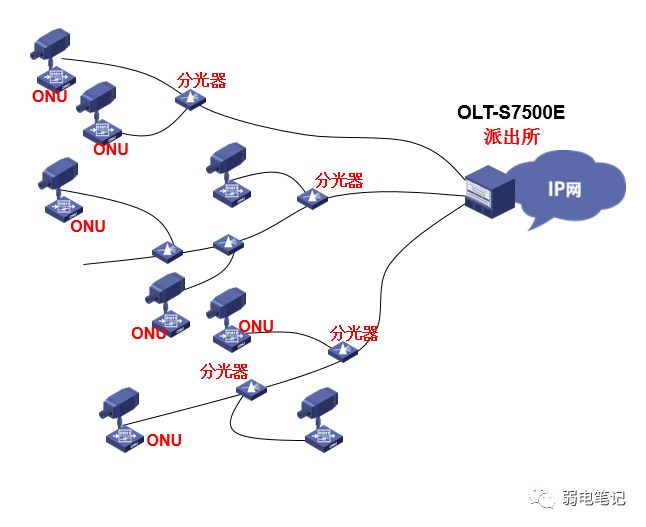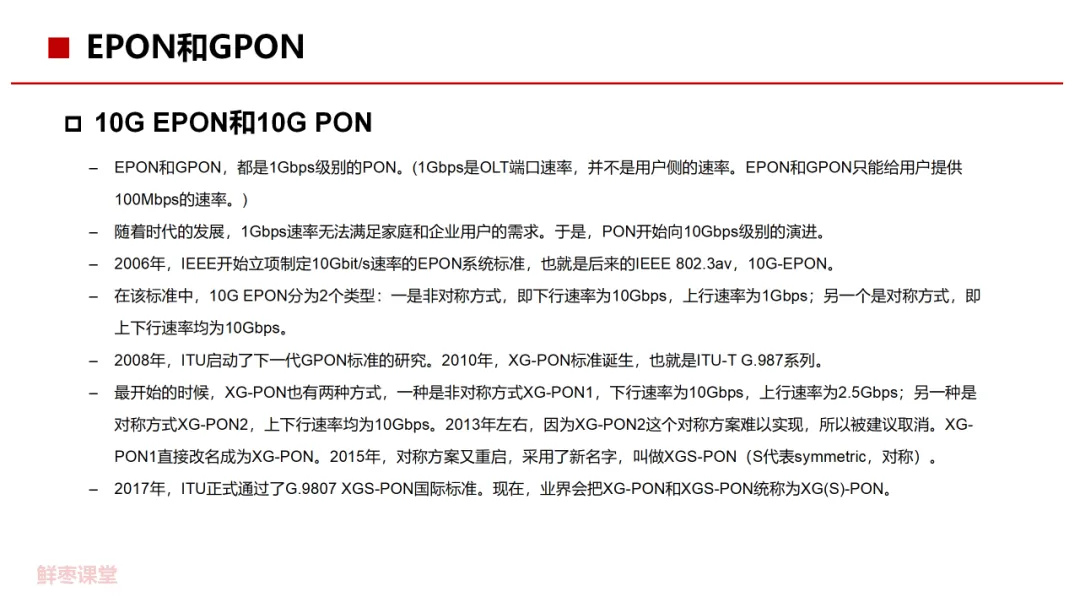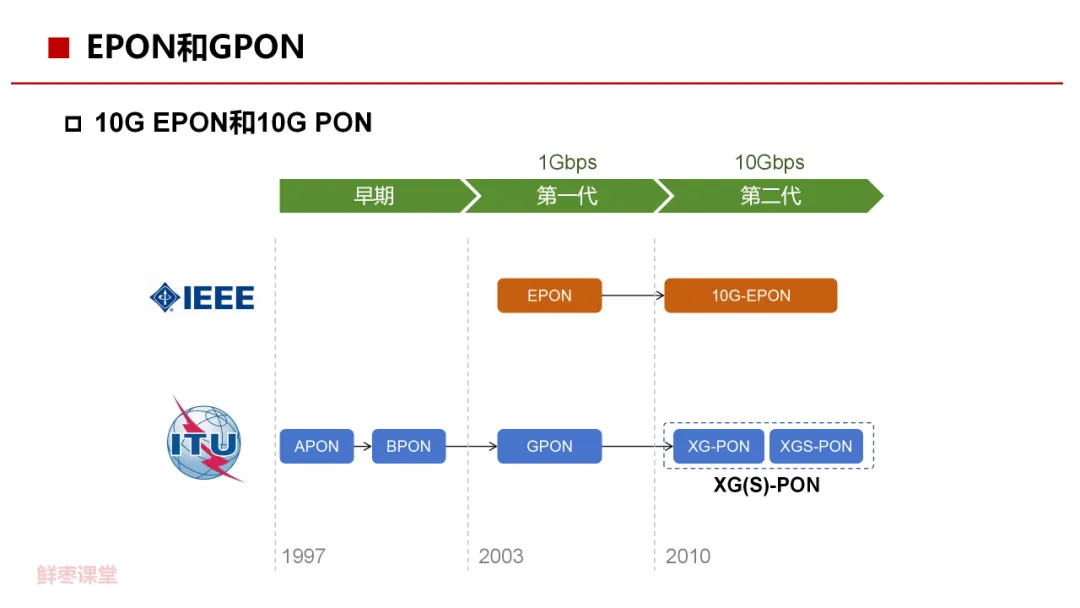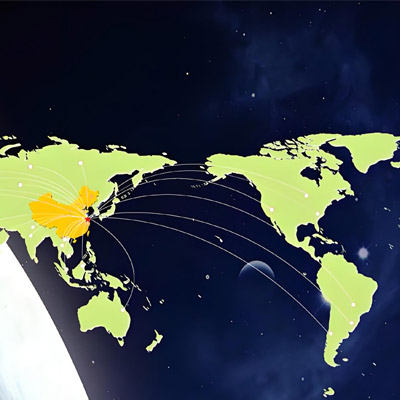Technical advantages of Bai-link communication PON network
Technical advantages of PON network
PON (Passive Optical Network) access technology is an optical fiber communication technology that provides a cost-effective, easy to install, and flexible network access method. The following details the core technical advantages of PON access:

Advantages and disadvantages of point-to-multipoint (P2MP) networks:
Advantages: It can fully meet customers 'bandwidth needs, and has good business isolation and security.
Disadvantages: Costs increase linearly with the increase in the number of users. At the same time, when users are densely distributed, unfavorable factors such as the capacity of the local equipment, outgoing line density, and occupancy of the wiring room need to be considered.
The emergence of point-to-multipoint optical networks:
Based on the above shortcomings, Bai-link has developed a tree-structure network topology, namely a point-to-multi-point (P2MP) optical network to solve the problem. A trunk optical fiber transmits the signal from the computer room to the roadside, and then splits it and connects it to the user terminal. Compared with point-to-point optical networks, 50% of optical fibers and optical modules can be saved. Point-to-multipoint optical networks currently include active optical networks (AON) and passive optical networks (PON).

cost-effective
Reduce the number of optical fibers: Bai-link PON technology transmits signals from the central office to multiple users through an optical fiber distribution network (ODN), which means that there is no need to lay individual optical fibers for each user at the user end, greatly reducing the use of optical fibers. Amount and corresponding costs.
Shared infrastructure: ONT (Optical Network Terminal) devices in the Bai-link PON network share the same optical fiber, which means that services can be provided to multiple users without establishing a separate optical fiber connection for each user, reducing hardware costs.
Installation simplicity
No need for excavation: Compared with traditional copper wire access, optical fiber laying does not require excavation of the ground, reducing construction difficulty and time.
Plug and play: Installation of PON equipment is usually simple and does not require complex configuration. Once the optical fiber is laid, Bai-link ONT equipment can quickly connect to the network.
Convenience of monitoring and maintenance
Remote management: PON networks support remote monitoring and management, allowing operators to remotely detect network status and reduce the need for on-site maintenance.
Self-healing capability: The PON network has good fault detection and recovery capabilities. Once a fault occurs, the network can be repaired automatically or semi-automatically.

The potential for future network development
Support for 5G and the Internet of Things: With the development of 5G and the Internet of Things, the demand for high-speed and stable network connections is growing. Bai-link PON technology can well support these applications with its high bandwidth and low latency characteristics.
Transition to an all-fiber network: PON technology is a key step in the transition to an all-fiber network. It provides economic and technical possibilities for the ultimate realization of all-fiber access.
To sum up, PON access technology has become a very attractive network access technology because of its cost-effectiveness, ease of installation, flexibility, convenience of monitoring and maintenance, and its potential for future network development.












